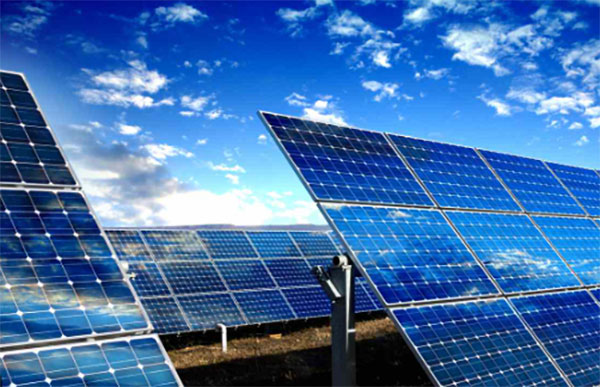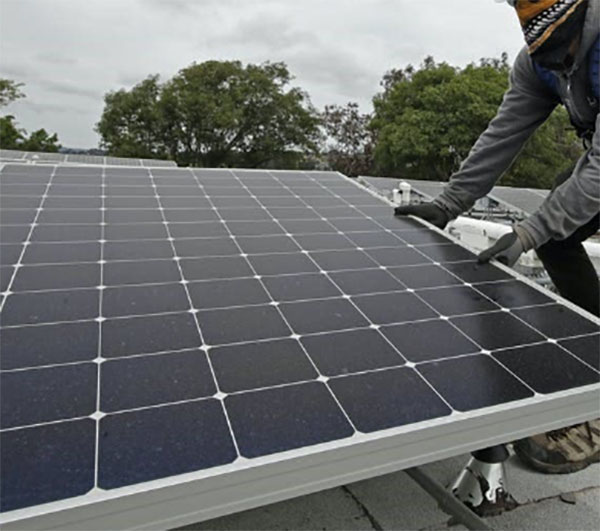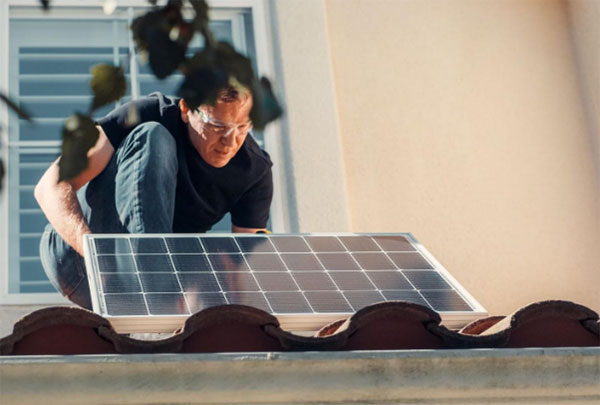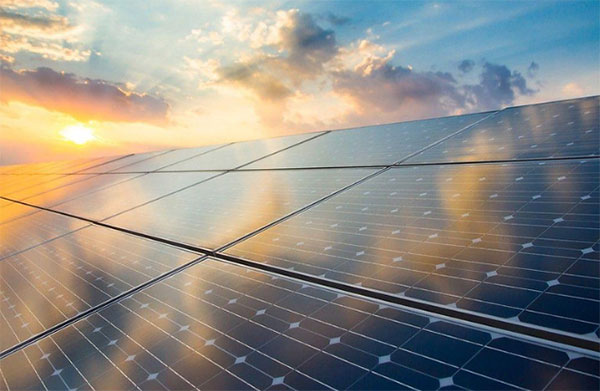Description
To keep flexible solar panels cool, optimize installation angles, use shade, ensure ventilation, and apply reflective coatings and thermal barriers.Innovations on Materials and Design for Cooling
Heat-Resistant Materials for Flexible Panels
Innovative materials are essential to increase the heat resistivity of flexible solar panels. At the forefront of the solution, high-thermal-conductivity polymers and composite materials have been developed . For example, enhancing the base layer of the panels with graphene could dissipate heat more effectively since graphene can reach an outstanding thermal conductivity level of up to 5,000 W/mK .
This results in a 10-15% lower temperature for the solar panels and increased lifespan from an average of 20 years to 25 years due to less severe thermal degradation.
They can be heated at a higher temperature than the regular plastic substrates, although at higher expenses, which are 20-30% greater. Yet, they provide 5% greater efficiency in high-temperature climates and sunlight and turn into a strategic investment for such regions.
Enhancement on Panel Design for Better Air Circulation
It is equally important to enhance the cooling solutions of flexible solar panels through design optimization.
This results in a 3-4% greater efficiency, which is both critical and relatively cheap with only 5-10% greater expense for installation. The employment of heat pipes as a feature of the flexible solar panel design further allows the dissipation of heat faster than any other tool than copper by up to 200 times, in return for only 15% relatively greater expenses and much greater efficiency.
Active Cooling Solutions
Integration of Cooling Systems
An innovative method to manage heat is the direct integration of cooling systems within the design of flexible solar panels. Active cooling solutions, such as embedded cooling channels or cooling fans, allow for up to 20°C lower temperatures, and therefore more efficient work by the panel by up to 15%.
Implementation costs may vary, with the increased cost of the system expected to be around 10-20% of the overall cost of the panel. Still, the benefits of the prospective doubling of lifespan and the increase in energy yield recommend using such technology.
Cooling channels offer additional advantages, as they can be embedded within the layers of the solar panel to circulate coolant – water or glycol.
This technology is highly effective, reaching up to 15-20°C temperature reduction and a 10% increase in power generation. The increased cost of such a system, calculated at about 25% of the total installation cost, is due to the significant cooling technology required. Still, no additional cooling systems are needed to reduce thermal stress on the panels, as the benefits of doubling the lifespan are likely.
Use of Liquid Cooling Technologies
Several liquid cooling technologies offer a system of efficiently managing heat in flexible solar panels. The advantages of phase-change materials and direct liquid immersion cooling are their high efficiency in heat absorption and dissipation.
The PCM can absorb high-temperature heat as it melts, meaning that the solar panels stay in a relatively constant state of melting to absorb energy. This system can increase the efficiency of the solar panel by 5-8% during maximum power production time.
Alternatively, the immersion of solar panels in a non-conductive liquid can reduce temperatures by up to 25°C.
This system, known as direct liquid immersion cooling, has a variety of uses but is especially beneficial for high-power applications.
Passive Cooling Strategies
Optimizing Installation Angle and Orientation
Optimizing the angle and orientation of solar panels is a fundamental passive cooling strategy, which allows maximizing the amount of air flow and minimizing the heat absorbed as a result of direct sunlight. In order to minimize the temperature at which photo voltaic PV module operates, an installation angle should be perpendicular to the rays of the sun which leads to an approximate 5% increase in efficiency.
Consequently, for most geographic locations, the change in angle of around 10-15 degrees from the horizontal orientation would result in 3-5°C temperature decrease. South orientation is the preferrable orientation for the Northern hemisphere; and vice versa, the North orientation is optimal for the Southern hemisphere. This minimizes the amount of heat input and the thermal stress on flexible solar panels, thereby extending its lifetime, and does not require any additional capital expense
Shade Management and Ventilation Techniques
Shade management can refer to the proper placing of the solar panels so that the do not overheat; however, they are still capable of getting reasonable solar raise exposure. Natural sources of shade or shading structures can lead to up to 10°C decrease in temperature which enables the corresponding increase in performance efficiency of up to 5%.
This measure requires the proper-balance in the shade and sunlight exposure; however, it does not require additional capital expense if it is included in the design of the installation from the beginning. Ventilation ensures the sufficient amount of airflow around the solar panels; it leads to a natural cooling mechanism and ensures on average 2-4°C temperature decrease. This cooling mechanism adds no additional cost to the initial capital expense if considered in the design.
Reflective Surfaces and Thermal Barriers
Reflective surfaces can decrease the heat absorbed by the solar panels by not allowing the sun to hit the part of the area. White gravel or some reflective paint would cool the ambient temperature by up to 5°C and the efficiency increases by approximately 3%. Reflective materials are relatively cheap in comparison and will only add up to 1-2% to the overall investment expense.
Thermal barriers underneath solar panels can ensure the heat from the roof or the installation does not hit the panels. Thermal or reflective barriers can decrease up to 4°C, up to 2% in efficiency increase, and lower the 5-10% additional capital expense increases they will ensure that the PV module will operate a considerable lifetime at an efficient manner without any thermal operations.







